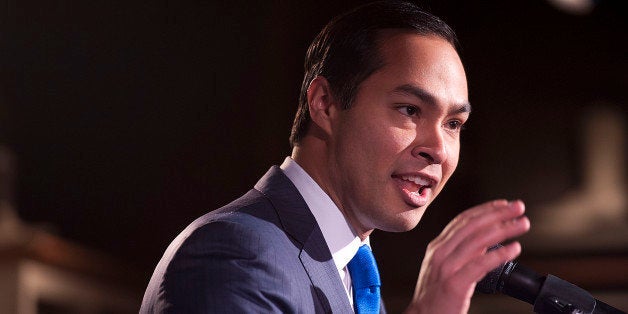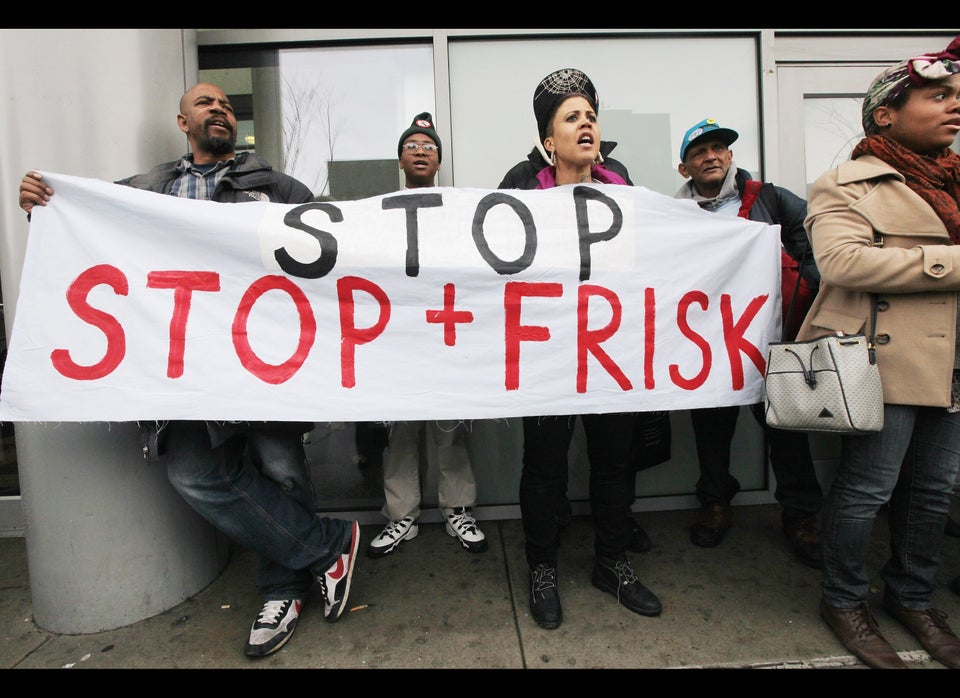
Are Latinos void of top leadership? Do Latinos need a national voice that brings them together? A recent survey by The Pew Hispanic Center noted that “The job for a national Latino leader is open.”
The survey found that over 64 percent of Latinos cannot identify a national Latino leader. Similarly, the National Institute for Latino Policy found that Latinos could not agree on a national voice and instead identified 27 distinct leaders. Supreme Court Justice Sonia Sotomayor was the highest with 20 percent.
Does this mean Latinos are void of the very leadership we need to move forward as a people?
¡Jamas! Nothing could be further from the truth! The gains Latinos have made in the past 50 years bear witness to the work of thousands and thousands of leaders across the countries. In fact – watch out – because Latinos are forging a new model of leadership. One that is people-oriented, community-based, and participatory. Latino leadership is not concentrated in one voice or in only a few people. Instead, Latino leadership is inclusive. It is leadership by the many.
Julián Castro, the young mayor of San Antonio, follows this tradition:
“I think that what our young people should understand is that they can be leaders in their own right in their own community—in their neighborhood, church, college, job, or career, wherever it is. That is more empowering than looking up to one person as the Latino leader.” This inclusive form is turning the old traditional hierarchical leadership up-side-down. It may just be the exact type of leadership needed for the 21st century.
For generations, the centerpiece of mainstream leadership was the individual leader. This worked in an assembly-line where people followed orders and looked to the boss for direction.
Today, our economy centers on service, technology, communications, and industries such as health care, where people skills, joint problem-solving, and on-the-spot decision making are required. Civil rights, diversity, and globalization have also transformed leadership. Leaders today must be able to guide people from many distinct backgrounds, races, and nationalities.
Effective leaders, therefore, create inclusive environments that encourage diverse people to work together. Leaders must hand over the reins and shift the locus of control from I as the leader to We—the people. In response to these changes, leadership is transforming to a more collaborative and inclusive form. This in sync with how Latinos are leading their communities every day.
Latinos come from a We or people-centered culture. They are natural collaborators, having learned to share and to contribute to their families and community at an early age. Values such as reciprocity, cooperation, and generosity encourage collaboration. This is encapsulated in the revered Latino saying “mi casa es su casa.”
Latinos are inherently diverse
They are a fusion culture – mainly the Spanish and the indigenous people of this hemisphere, but many Latinos have mixed ancestry from other countries. Latino leaders, therefore, have to motivate and guide people who come from many backgrounds and races and who hail from 24 different countries. Inclusiveness leadership has also been reinforced by the wave of Hispanic immigration in the last quarter of the 20th century. Integrating immigrants into the American way of life has been an on-going leadership challenge.
As minorities who have endured discrimination and have not reached educational or employment equity, leadership has entailed ardent community organizing and social action. Activist leadership requires the fuerza, or strength, of many hands and many voices. Leaders share responsibility and through collective action grow other leaders.
These factors have cultivated an inclusive leadership style that welcomes people’s contributions and nurtures civic engagement.
Arturo Vargas, President of the National Association of Latino Political and Appointed Officials Foundation, describes this:
“We’re not going to have one charismatic leader who’s going to bring everybody together. It’s thousands of leaders. It’s thousands of movements in thousands of communities across the country, whether it’s immigrants organizing at a local level or the head of a nonprofit mobilizing his community or the young politician that gets elected to office. It’s a different kind of leadership – it’s much more inclusive.”
Sylvia Puente who heads up Chicago’s Latino Policy Forum, understands the power of leadership by the many:
“Our strength lies in our numbers, in our collaborative work with hundreds and hundreds of community members. Every day we’re working to train community members—more than five hundred this year—in parent education, fair housing, and to understand the complexities of immigration reform. Then they become community leaders in these areas.”
Vargas urges continued engagement, “If people are waiting for the great Brown hope, give it up. It ain’t gonna happen! Instead we have thousands and thousands of leaders working collectively everyday throughout our communities. That’s the new model of Latino of leadership and it’s inclusive.”
¡Claro! Latinos leadership is uniquely suited for today’s diverse and global age. It holds the promise of a new America with inclusiveness, active citizenship, and people’s welfare at its core. Latino leadership is of, by, and for the people.
